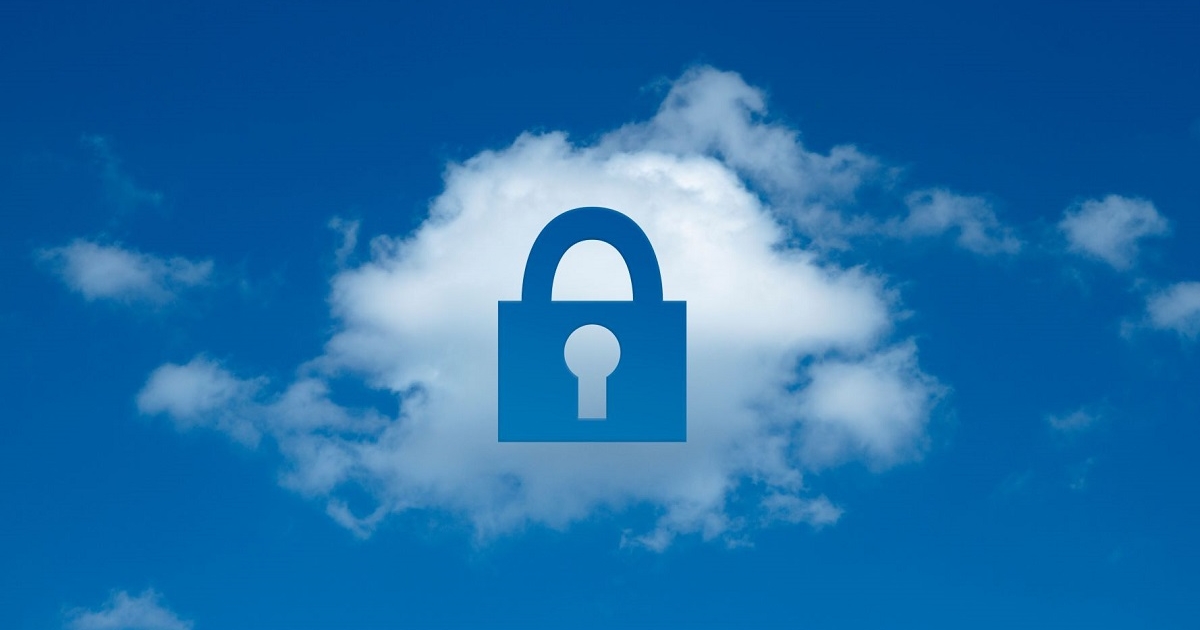
Cloud security has become a focal point for companies as cloud migration and transformation have become a top priority. Despite the ubiquitous message that moving to the cloud is necessary for staying relevant, many organizations are still facing significant challenges when it comes to securing their cloud environments. The National Security Agency (NSA) and other cybersecurity experts have identified cloud misconfigurations as one of the biggest threats to cloud security, highlighting the need for better practices and strategies to protect valuable data stored in the cloud.
The Cloud Security Alliance (CSA), a nonprofit organization dedicated to promoting best practices in cloud security, has identified the top 11 cloud security threats, also known as the Pandemic 11. These threats encompass a variety of issues, including insecure interfaces and APIs, misconfigurations, lack of security architecture, and unauthorized access to third-party resources. Major breaches at companies like Okta, Dropbox, and Uber have demonstrated the real-world consequences of these vulnerabilities, underscoring the importance of addressing these threats proactively.
To defend against the Pandemic 11, organizations can adopt a range of strategies to enhance their cloud security posture. Building a robust identity program, using API integration platforms, auditing configurations regularly, and involving security in the software development life cycle are just a few of the key measures that can help mitigate cloud security risks. By investing in automated vulnerability management, third-party risk management, and threat hunting capabilities, companies can better protect their cloud environments from cyber threats.
One critical aspect of addressing cloud security threats is the development of comprehensive design and architecture documentation. These documents serve as a foundation for creating effective security processes that can help organizations mitigate risks and respond to security incidents in a timely manner. By documenting cloud environments and establishing clear security protocols, companies can improve their overall security posture and reduce the likelihood of data breaches and other cyber attacks.
Overall, the importance of cloud security cannot be overstated in today’s digital landscape. As more organizations transition to the cloud, it’s crucial for them to prioritize security and adopt proactive measures to protect sensitive data. By staying informed about the latest cloud security threats and implementing best practices recommended by cybersecurity experts, companies can better safeguard their assets and mitigate the risks associated with cloud computing.

